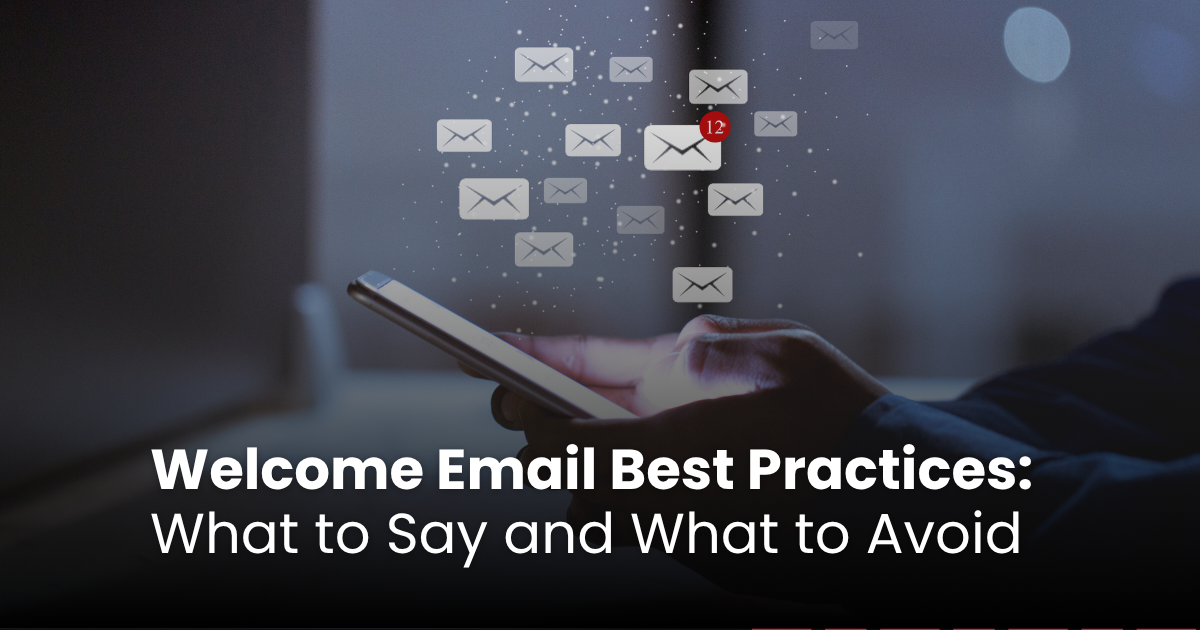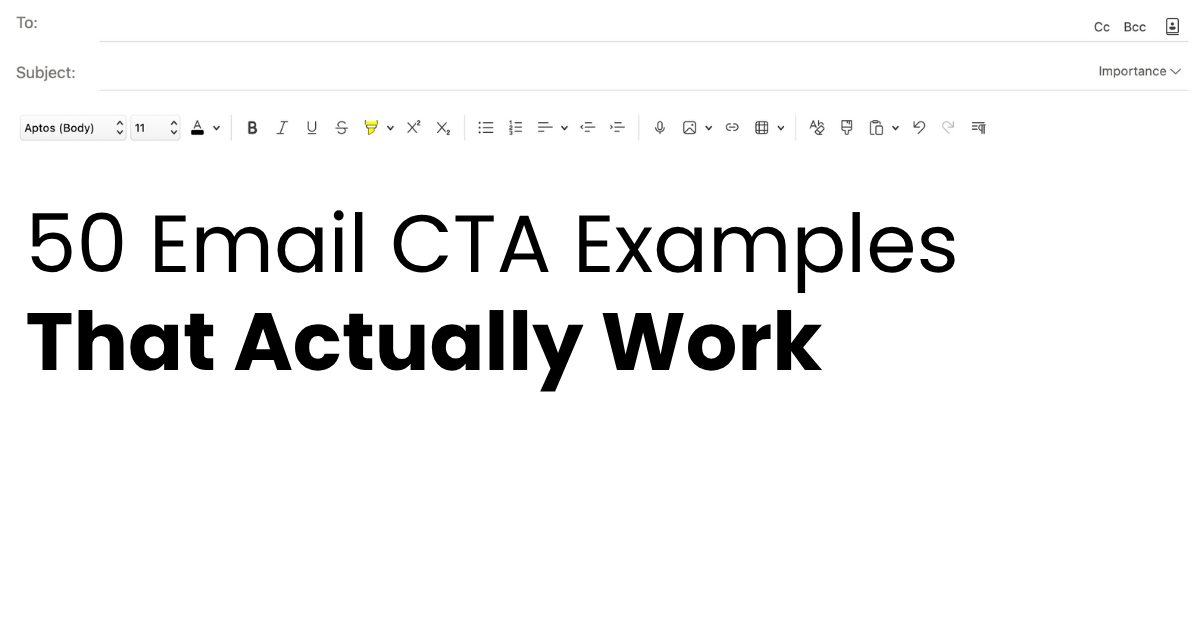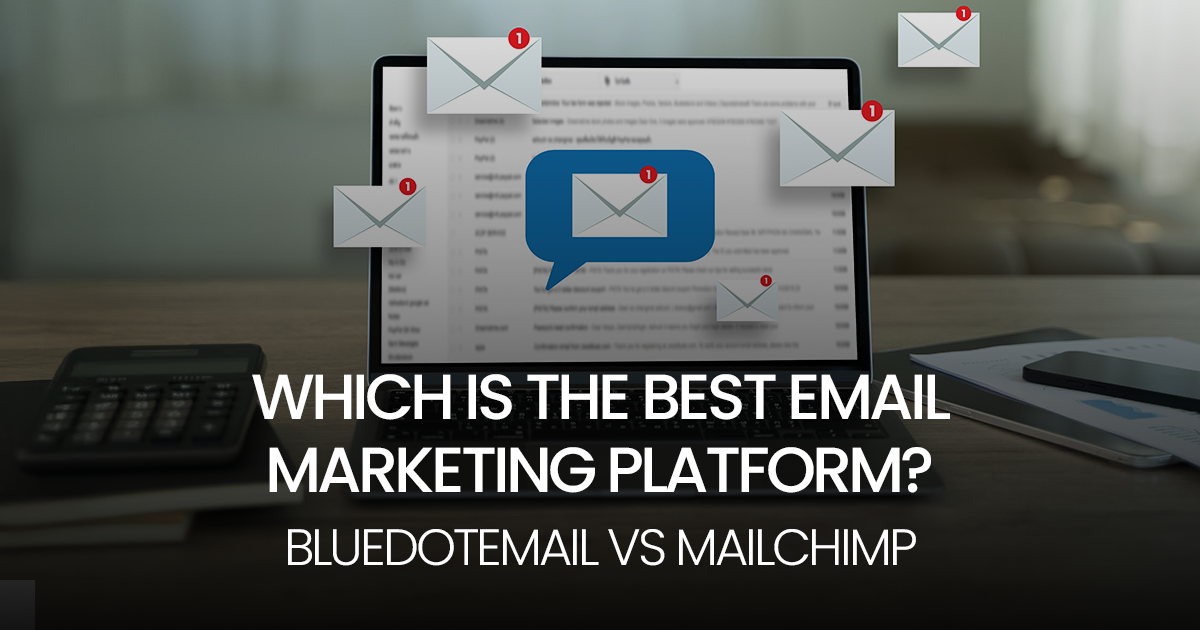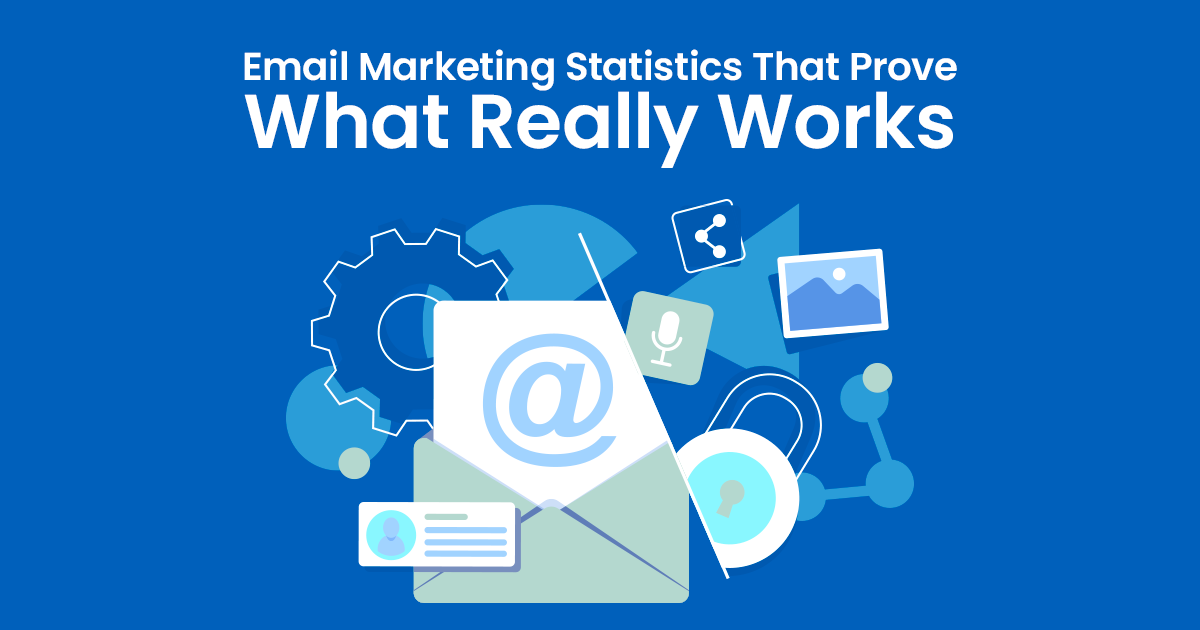When someone signs up for your emails, they’re giving you a rare opportunity: a moment of their attention. What you do with that moment sets the tone for everything that follows. A welcome email is not just a polite formality. It’s your first impression, your virtual handshake, and often the moment that determines whether your subscriber sticks around or silently unsubscribes within days.
A good welcome email feels like the start of a useful conversation. It reassures the user that signing up was a smart decision and gently guides them on what to expect next. A bad one, on the other hand, either overwhelms, underwhelms, or leaves them wondering why they even signed up. So, what does a great welcome email look like—and what should you avoid at all costs?
Start Strong: What Makes a Welcome Email Worth Reading

First things first, your subject line. This is your gatekeeper. Most people decide whether to open an email based on the subject line alone. But resist the urge to shout. Subject lines like “WELCOME!!!” or “You’ve Just Unlocked Something Amazing” may look exciting, but they rarely deliver. Instead, go for something natural and useful.
Here are some examples that work:
| Subject Line | Why It Works |
| Thanks for signing up – here’s what to expect | Sets expectations calmly and clearly |
| Let’s get started | Friendly and action-oriented |
| Welcome to [Brand Name] | Simple and to the point |
Once the email is opened, your first line should not feel robotic. “Dear Valued Subscriber” might be technically correct, but it’s emotionally empty. Personalize if possible. A simple “Hi John” or “Thanks for joining us” is often enough to make it feel like a real human wrote it.
A well-written welcome email does a few specific things:
– It confirms that the subscription was successful.
– It introduces the brand in a way that doesn’t feel like a sales pitch.
– It outlines what kind of emails the subscriber can expect and how often.
– It may offer a discount, free guide, or useful next step—but without being pushy.
– It invites engagement by asking a question or offering a point of contact.
Here’s an example of a strong intro paragraph from a fictional email marketing platform:
“Thanks for signing up to BlueDotEmail. We know your inbox is a busy place, so we’ll make every email worth your time. Expect practical tips, occasional product updates, and a few helpful tools to get your campaigns running better. No fluff. No spam. Just useful stuff when you need it.”
What to Avoid: Common Mistakes That Turn Off New Subscribers

One of the most frequent mistakes brands make is turning the welcome email into a wall of text or a hard sell. No one wants to be greeted with a 500-word essay on your company history or a checkout link in the second sentence. The reader is not ready for that. At this stage, they’re interested—but not committed. Respect that.
Avoid these common pitfalls:
- Too many calls to action.
2. Cold, robotic language.
3. Overselling without context.
4. No visual structure.
5. No unsubscribe link or privacy clarity.
Below is a visual comparison of strong vs weak email elements:
| Element | Strong Example | Weak Example |
| Greeting | Hi Sarah, thanks for signing up! | Dear User |
| Intro | Here’s what you’ll get from us | Our company was founded in 2009… |
| Offer | Enjoy 10% off your first order | Buy Now – Limited Time Only |
| Call to Action | Start exploring our features | Follow us, share us, buy now, tag us… |
One Welcome Email or a Series? Timing Matters

Many brands now opt for a welcome series instead of a single message. This gives you space to ease a new subscriber into your world without overwhelming them in one shot.
– Email 1: Thanks and expectations (sent immediately)
– Email 2: Deeper intro to your product or story (sent after 2-3 days)
– Email 3: Useful tips or customer success stories (sent after 5-7 days)
Final Thoughts: Keep It Honest, Human, and Helpful
A welcome email isn’t a magic bullet, but it’s your best chance to start things off on the right foot. When done well, it makes the reader feel like they’re in the right place. Avoid overengineering the message. Write like a person. Focus on clarity over cleverness. If you treat the welcome email as the start of a long-term relationship instead of a quick win, your subscribers are far more likely to stick around—and even look forward to hearing from you.
Conclusion and Next Steps with BlueDotEmail
Crafting an effective welcome email doesn’t require flashy language or overly complex automation—it just takes thoughtfulness, clarity, and a genuine tone. Every new subscriber is a fresh opportunity to build a relationship, and the right welcome email can be the foundation of long-term engagement.
At BlueDotEmail, we believe in making email marketing simple, powerful, and effective. Whether you’re just starting out or refining a long-standing campaign, our platform gives you the tools to send emails that feel personal, timely, and aligned with your brand’s voice.





